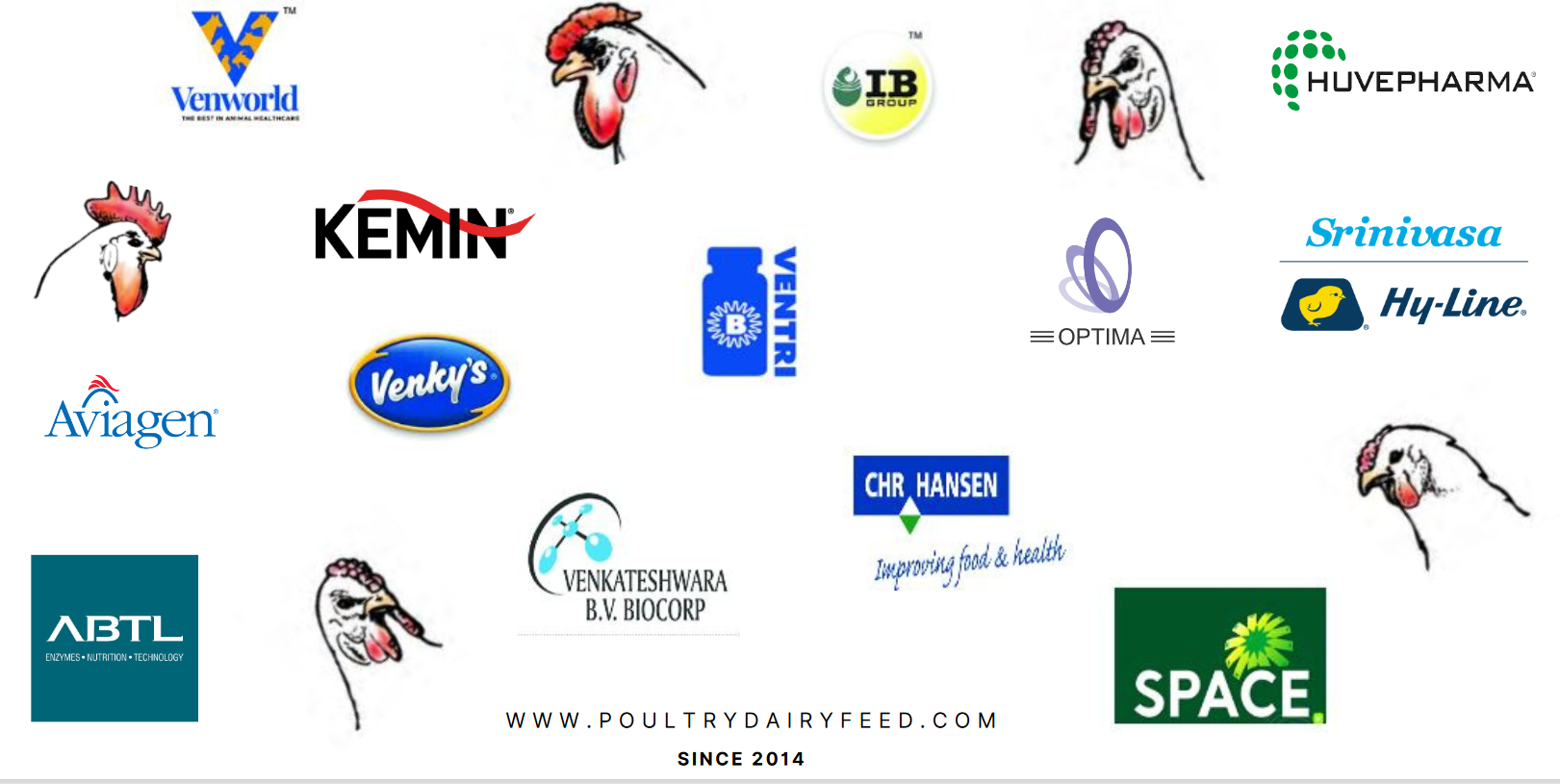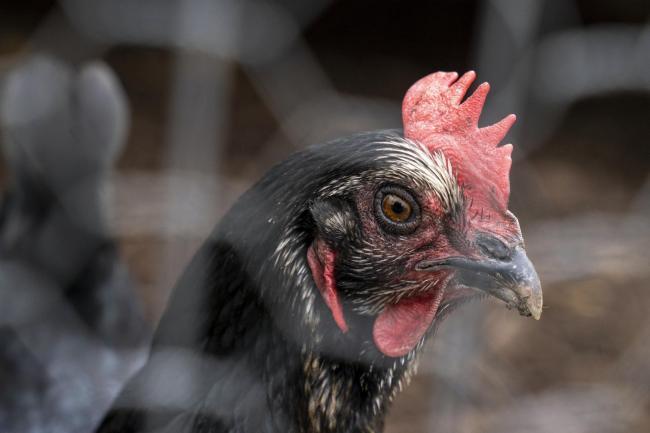As the US experiences its first highly pathogenic avian influenza (HPAI) outbreak in poultry since 2014, many are watching closely to see how this new outbreak will play out and what it will cost in terms of bird losses and dollars.
The USDA surveillance program that tests migratory birds has been ongoing since 2006 and serves as an early warning system for the introduction and geographic distribution of avian influenza viruses of concern. The recent poultry outbreak certainly has followed the migration patterns of wild populations.
On January 13, 2022, the USDA first reported finding the HPAI H5N1 virus in wild birds, marking the first detection of the H5N1 strain in wild birds in the US since 2014. On February 9, 2022, USDA confirmed the first outbreak of HPAI in a commercial poultry operation since 2020. The first commercial outbreak occurred in a turkey flock in Indiana. This year, officials have reported 637 detections of the HPAI H5N1 virus in 31 states from testing in wild birds. During the current outbreak, about 24 million commercially raised chickens and turkeys have been culled to prevent the further spread of the highly lethal HPAI virus. The USDA has warned that outbreaks in commercial and backyard flocks are expected to continue.
The last significant avian influenza (AI) virus outbreak in the US was during 2014–2015. More than 50 million birds died or were culled nationwide then, causing poultry meat and egg prices to soar and costing the US poultry industry an estimated $3 billion.
“Poultry producers and veterinarians want fast, accurate diagnostic results that they can have confidence in every time they test, but it’s even more important when they are in the middle of a disease outbreak like avian influenza that could impact their entire flock,” said Ivan Leyva-Baca, DVM, PhD, product manager of Notifiable Disease Diagnostics at Thermo Fisher Scientific. “As we’ve proven with COVID-19, Thermo Fisher Scientific can quickly ramp up production of our VetMAX-Gold AIV Detection Kit during an outbreak in the US or around the globe.”
Because HPAI is a disease reportable to the World Organization for Animal Health (OIE), the recent AI outbreak is limiting the export of poultry products from US states with HPAI-infected flocks to countries like China and Mexico, as countries block shipments. A key concern with avian influenza is that it’s a potential zoonotic disease. According to USDA, evidence suggests that human infection of HPAI is due to close contact with infected birds or carcasses. Based on available epidemiologic and virologic information about these viruses, the US Centers for Disease Control and Prevention (CDC) believes the risk to the general public’s health from current H5N1 bird flu viruses is low.
According to USDA’s Animal and Plant Health Inspection Services (APHIS) AI affects a wide range of both domesticated and wild poultry due to the extremely contagious nature of the influenza type A virus that causes it. It is a single-stranded RNA virus belonging to the Orthomyxoviridae family. The AI virus can present many symptoms in birds, from a minor disease with few or no clinical signs to a disease that can quickly kill birds and lead to a serious epidemic.
The AI viruses are categorized by two types of proteins, each with several subtypes. Hemagglutinin (H protein) has 16 subtypes (H1–H16), and neuraminidase (N protein) has nine subtypes (N1–N9). With each new combination of proteins, a new subtype is classified, helping to identify the different strains that are passed among migratory birds. The AI viruses are also identified according to their pathogenicity, which is the capability to cause disease in poultry.
LPAI viruses cause mild or no signs of disease in infected poultry. For example, LPAI may present as an infection or decreased egg production. The virus is excreted through feces and respiratory secretions. Once LPAI has been identified, the farm must undergo a complete cleaning, including disinfection. Along with disinfectants and detergents, heating and drying can also help neutralize the virus. Most AI is of the low pathogenicity variety, and wild birds will show few signs of infection.
Highly pathogenic avian influenza viruses cause severe disease in infected poultry with high mortality, up to 90% to 100%. Multiple-organ failure can occur within 48 hours. HPAI viral infections arise de novo in poultry infected with LPAI H5 and H7. Virus transmission between birds occurs mainly by respiratory secretions and fecal material but can also happen indirectly through bird droppings carrying the virus or contaminated food, water, and materials.
Because HPAI can destroy a flock, it’s critical to contact your veterinarian at the first sign of a disease outbreak. Because several diseases can cause high mortality, real-time polymerase chain reaction (PCR) testing is the only way to know with confidence which pathogen has infected your flock. The Applied Biosystems™ VetMAX™-Gold AIV Detection Kit is the first USDA-licensed diagnostic test that successfully passed the stringent USDA review process. This process confirms both the effectiveness of the real-time PCR test and the compliance of the production and quality systems at the Thermo Fisher Scientific manufacturing site.
The VetMAX-Gold AIV kit provides a qualitative, one-step, real-time reverse transcription PCR (real-time RT-PCR) assay to detect AI virus (AIV) RNA isolated from individual poultry oropharyngeal/tracheal swab samples. The kit provides a streamlined rapid-test solution with high sensitivity and specificity that delivers fast results and is simple to use. The validated workflow enables excellent repeatability and reproducibility.“Our goal is to support producers, veterinarians, and diagnostic laboratories, including the National Animal Health Laboratory Network, with highly accurate diagnostics like real-time RT-PCR,” said Leyva-Baca. “During a disease outbreak like avian influenza when an operation’s entire flock hangs in the balance, diagnostic accuracy and speed are everything, and our kit delivers both.”





